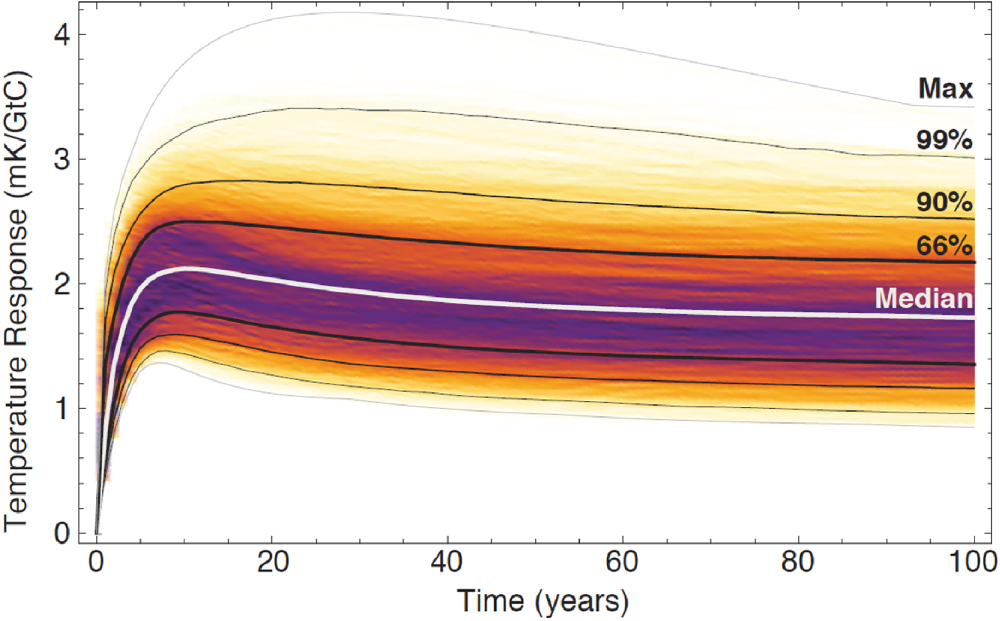Humans are notoriously short-sighted, and it is more evident than ever today as we keep putting short-term economic gain before mid to long-term consequences. One of the issues regarding climate change is that there is a significant time lag between action and effect, lulling us into a fake sense of complacency while the sword of Damocles looms over our head.
—
Atmospheric CO2 levels have gone from around 280 parts per million (ppm) during pre-industrial times to 410ppm today. The last time CO2 levels were around the 400 ppm mark was during the mid-Pliocene, 3 million years ago. Temperatures were 2 to 3°C above pre-industrial levels on average, but places like the Arctic were 10°C hotter. Sea levels were much higher too, maybe 15 to 30 meters more, and the Sahara was a much greener place.
Similar CO2 levels don’t mean we’re headed straight back to the same situation, but it does mean we’re going for something similar. In fact, we may have already locked in such a future.
The time lag
There is a time lag between cause and effect in our climate, and the ecological and socio-economic systems that depend on it. Thus, some of the impacts of human activity on climate change may be slow to become apparent, meaning we could cross some irreversible thresholds before we know it.
That isn’t to say that climate change is unavoidable, whether we cut emissions or not. Studies have shown that the time between a pulse of greenhouse gas (GHG) and most of its warming is around a decade. Thus, we will experience the full effect of today’s emissions in 10 to 20 years time, but we can still avoid the worst of it.

Temperature response to a pulse of GHG over time. Source: Ricke and Caldeira (2014)
What if emissions stopped today?
Would we return to the pre-industrial climate?
Unfortunately, the time lag works both ways, so no. We’ve accumulated enough GHGs in the atmosphere to keep trapping heat for some time, leading to the release of more GHGs like methane in the Arctic circle. Atmospheric CO2 levels would drop, but sinks like our ocean surface are saturating, and sediment uptake is slow.
Thus it is essential for us to combine emission mitigation with adaptation strategies, using our best estimates of future climates to create sustainable practices.
Geoengineering remains an option, albeit a dangerous one. It involves human tampering with the climate to reduce the effects of climate change, such as dispersing particles in the air, seeding clouds or using giant mirrors to reflect heat back into space.

Source: Climate Central.
The long term knock on effects of such methods are unknown and rife with destructive potential too, so it is best to be wary.
The bottom line is we’ve already locked in a more difficult future, which is all the more reason to take drastic counter-measures now, even at an economical loss. It is difficult to estimate, but the consequences of putting short term benefits first will be far worse long-term loss.
References
-
Ricke, Katharine L., and Ken Caldeira. “Maximum warming occurs about one decade after a carbon dioxide emission.” Environmental Research Letters 9.12 (2014): 124002.
-
Climate Central: Geoengineering methods.










![The Statistics of Biodiversity Loss [2020 WWF Report]](https://u4d2z7k9.rocketcdn.me/wp-content/uploads/2020/12/lprwinkyTHB-544x306.jpg)





